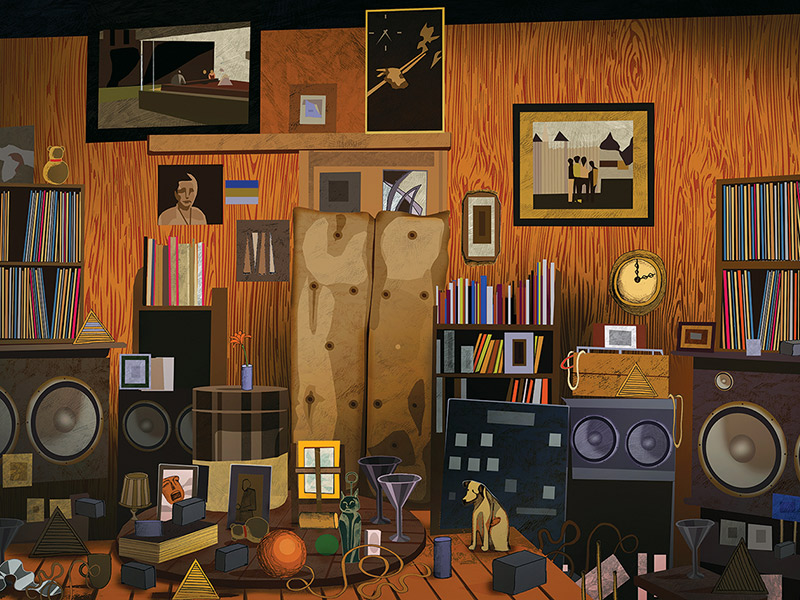My system - Kii 3s, some room treatment (Bass traps in the corners and back wall, sound absorption on the floor in front of the speakers), some digital PEQ for room resonances, and sound from my computer directly digital into the DACs in the Kiis, and some Ravel, Cecile McLorin Salvant, Third Coast Percussion, Ghost-Note, Snarky Puppy, or Steven Wilson.Wasn't sure how to phrase the thread title but...
I was re-visiting a couple ASR threads discussing some articles about audiophiles and high end audio. I'm sure many remember the discussions of this article:
Audiophilia and its discontents

And
The New York Times visit Ojas:

His Audio Speakers Are Coveted by Supreme, Mark Ronson and Prada (Published 2022)
Devon Turnbull is the founder of Ojas, a high-end audio company. Previously, he was the streetwear pioneer behind Nom de Guerre.www.nytimes.com
I think the main annoyance with such articles is this: Here we are with some big magazines deigning to write articles about high end audio, and what do we get? A focus on all sorts of goofy retro gear, tube amps and the like. Another missed opportunity to describe where audio actually is now, the advances available, e.g. powered speakers, DSP etc.
So my question is:
If you had the power to have an article written, in which the author and other non-audiophiles were introduced to high end audio, AND were given listening experiences to see what it's all about, to impress them: what type of gear would you talk about and want to demonstrate?
Cost is no object, dream up whatever system you'd think would wow the subjects and demonstrate what can be done. So it's your chance to represent High End Audio in an article, what do you choose?
Last edited:
